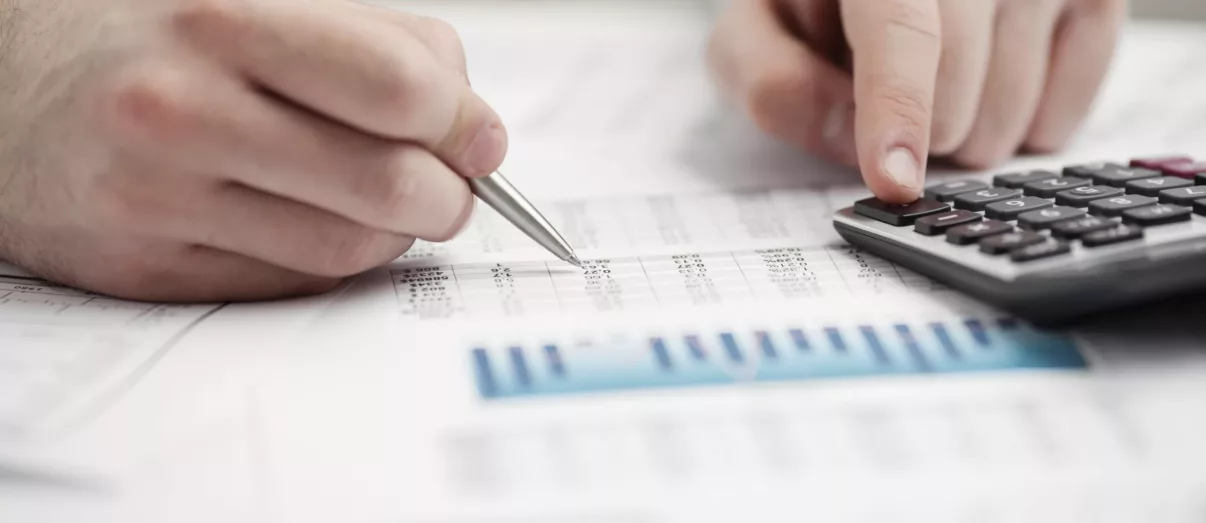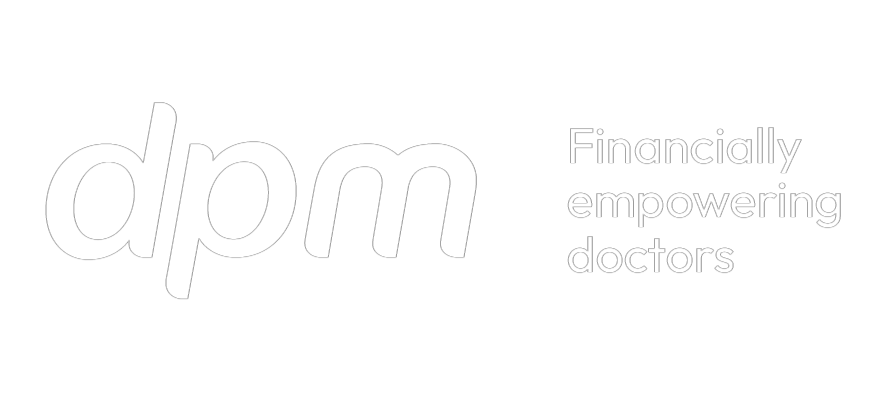As the end of the financial year quickly approaches, it’s a good time to do a stock take of your financial situation, which should include a review of your HELP debt (if you have one). It is particularly important this year with inflation figures remaining high.
How does your HELP debt get repaid?
If you have a HELP debt at the start of the financial year, it won’t be paid off until a compulsory repayment is raised on your tax return at the end of the financial year. This is the case even if your employer has been withholding amounts from your pay for the compulsory repayment.
What is a compulsory repayment?
A compulsory repayment is an amount you must pay back towards your HELP debt if your income is above the minimum repayment threshold. The minimum repayment threshold for the 2022-23 income year is $48,361.
Annual Indexation of your HELP debt
On 1 June each year, indexation is applied to the part of an accumulated study and training loan that has remained unpaid for more than 11 months, for Higher Education Loan Program (HELP), Student Financial Supplement Scheme (SFSS), Student Start-up Loan (SSL) and ABSTUDY Student Start-up Loan (ABSTUDY SSL).
Indexation maintains the real value of the loan by adjusting it in line with changes in the cost of living as measured by the consumer price index (CPI). The indexation figure is calculated each year after the March CPI is released. It is based on financial figures collected by the Australian Bureau of Statistics over the previous 2 years.
The following table shows the indexation rate historically applied to all study and training loans.
| Year | Indexation Rate |
| 2022 | 3.9% |
| 2021 | 0.6% |
| 2020 | 1.8% |
| 2019 | 1.8% |
| 2018 | 1.9% |
As inflation remains high, it has been confirmed that the indexation on HELP debt will be 7.1% in 2023. As this is a significant increase from previous years, it is worth reviewing your situation prior to this indexation occurring.
- Ensure that your 2022 tax return is completed and lodged with the ATO
The amount paid through last year’s tax return will reduce your current balance, therefore you will be indexed at a lower increment, saving you money. If your tax return is not completed and lodged we highly recommend completing this with your Accountant as soon as possible. - You can make a voluntary repayment on your HELP debt at any time to the ATO to lower the balance or pay it off completely. However, this is something that should be discussed with your tax adviser depending on your personal circumstances and your broader financial goals. Should you be considering a full repayment of your HELP debt, it is important to be aware of indexation occurring on 1 June. Where a repayment is not made by 31 May, indexation will apply.
Example of voluntary repayment scenario:
Peter has a HELP debt of $10,000 and an annual income of $120,000 + reporting fringe benefits of $20,000 (salary packaging).
As HELP debt indexation is forecasted to be at 7.1%, there would be an additional $710 added to his HELP debt on 1 June 2023.
After discussing it with his accountant, Peter decides to pay off his HELP debt in full before 31 May, saving himself the $710 he would have paid for indexation. Furthermore, any contributions he made throughout the 2023 financial year through his employer will be refunded in his upcoming 2023 tax return.
If you’d like to understand more about HELP debt repayments or discuss your personal circumstances, please contact a DPM Tax Consultant who can discuss the options in further detail. Click here to book a no-obligation initial consultation.
Please be aware, the information above does not constitute advice as it has not taken into account your personal circumstances, needs or goals. You should carefully consider how this information applies to you and it is recommended you discuss further with your accountant before acting.





